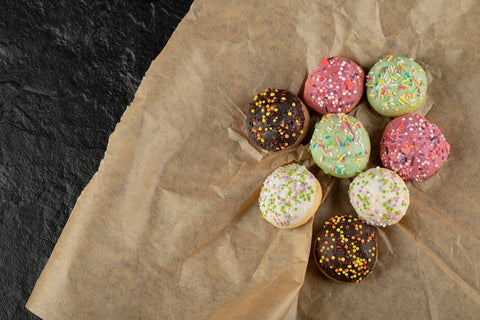The kitchen's true superstar is the slow cooker. They are simple to maintain, make preparing a hearty supper for the family effortless, and they can last for years.
How much do you understand about slow cookers, though?
To assist experienced cooks and kitchen novices alike, we gathered all our slow cooker information, from how to use a slow cooker to how to clean one and put it in the right location. Read on, we got some expert advice on how to use slow cookers.
What is a slow cooker?
To cook food slowly over a long period of time, a slow cooker uses moist heat. A pot or crock, a lid, and an electric base with temperature controls are the standard components of a slow cooker.
Slow cookers' ceramic crock design was made popular by the Crock-Pot brand, which is why people frequently mix the two up. All slow cookers, however, are not Crock-Pots. The Instant Pot and other electric multi-cookers can also be used for slow cooking.
How To Use A Slow Cooker
A slow cooker is simple to use. Simply turn on your slow cooker, add the ingredients for your selected meal, adjust the heat to low or high, depending on the recipe's directions, cover it, and let it simmer. If you don't want to consume your meal right away, you may either keep it warm in the slow cooker or turn it off.
For some dishes, such as ground beef chili or pork chops, it is necessary to brown some of the ingredients in a skillet before adding them to the slow cooker. In these circumstances, preheating your slow cooker might be something to think about.
Essential Things To Know About Slow Cookers
-
Plan your work
You'll need to do some math to calculate how long it will take from the time you want to start to the time you want to eat because many slow cooker recipes take hours to cook, even on high heat setting.
Most slow cooker recipes provide a range for high and low cooking, so you'll want to confirm that you'll be home throughout the earlier portion of the cooking time. In a slow cooker, you can also overcook food, despite what some people think.
-
Prepare ahead
You should preheat the slow cooker crocks because most of them, especially the ceramic ones, need some time to heat up. It doesn't need to heat up completely for very long; even just 10 minutes of preheating will improve the evenness of the cooking of your food.
It is very helpful to have these prepared and ready before you start the main component of the dish in the slow cooker, especially if your recipe calls for adding food in batches or adding tender vegetables at the end.
-
Size and brand matters
What size of slow cooker you should use will be specified in a decent recipe. Both capacity and heat dispersion depend on this.
To prevent delicate dishes from overcooking, several recipes make use of the smaller capacity slow cookers' tall, narrow structure. Other recipes could purposefully "underfill" larger slow cookers to ensure an even cook.
We advise trying a recipe once, while you can be nearby before attempting to set and forget it because manufacturers differ greatly in wattage and capacity.
-
Know the settings
Changing down the heat on the stovetop is not quite the same as simply turning your slow cooker's dial from high to low. About 200°F is the LOW setting, and 300°F is the HIGH setting.
Approximately 2 to 2 ½ hours on low are equivalent to one hour on high. If there isn't timing specified for both settings, cook as advised. Keep in mind that some recipes specify low or high cooking depending on the desired texture of the finished dish.
-
Use recipe books for slow cookers
Most recipes, especially those intended for oven braising, may be modified for the slow cooker, but doing so takes a thorough understanding of both the recipe and the slow cooker.
Most of the time, it's simple to find a recipe designed expressly for a slow cooker.
This is significant since slow cookers frequently require less cooking liquid than other pots or Dutch ovens, even those with tight-fitting lids. Use a slow cooker recipe and let the slow cooker do its thing unless you prefer making soup to a braise.



